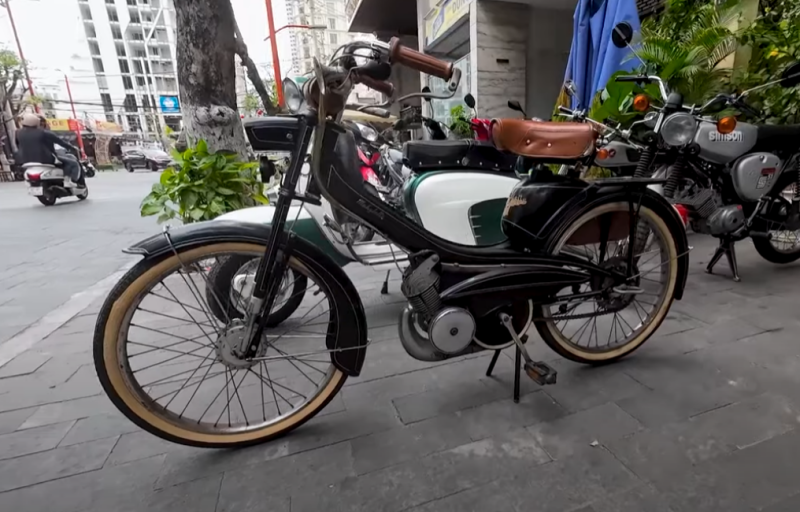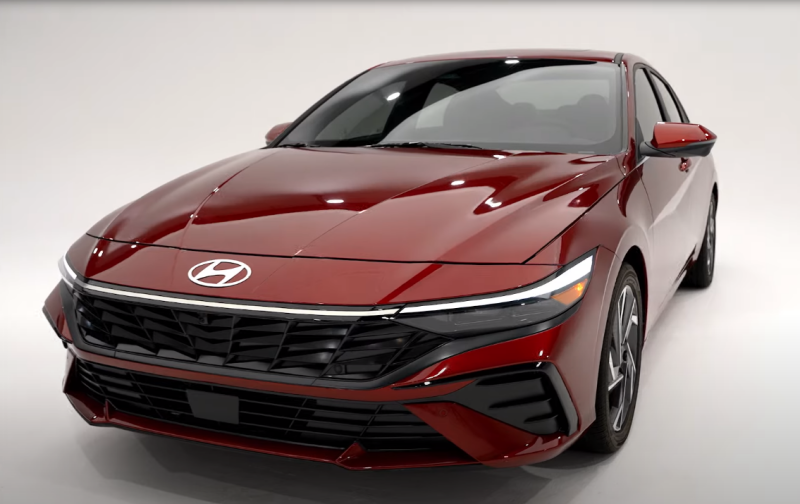What could be more beautiful than loading the whole family and relatives into one car plus luggage and heading to the dacha or the village. Of course, the unspoiled Soviet drivers even managed to fit it all into the Zaporozhets, but they wanted at least a little comfort.
On "Rafik" ordinary citizens managed to ride mainly in two cases - a passenger of a fixed-route taxi or an ambulance patient. The employees of some institutes were also lucky - such minibuses were listed on their balance sheet.
 The most famous "Rafik". Photo: Youtube.com
The most famous "Rafik". Photo: Youtube.comBut the Riga factory has never had a full-cycle production. They always used the chassis from the Gorky Automobile Plant, first trucks, and then cars.
History in brief
In the late 1940s, the Riga Automobile Repair Plant appeared in Latvia. They were engaged in the restoration of passenger transport. The main bus in the USSR at that time was the GAZ-03-030 - it was the main "client" of this enterprise.
In parallel with this plant, the Riga Experimental Automobile Factory, created through the efforts of the enthusiast Vsevolod Bakhchivandzhi, functioned. This company has been trying to produce its own cars for several years. But the plant did nothing but a couple of prototypes, and even those worthless ones.
 KAVZ-651. The RARZ-651 was the same. Photo: Youtube.com
KAVZ-651. The RARZ-651 was the same. Photo: Youtube.comIn 1951, both Riga enterprises were merged. One had enthusiasts and designers, the second had the necessary material and technical base.
In 1954, the united plant produced its first bus - RARZ-651. There was nothing remarkable about it - a standard GAZ model on a truck chassis with an index of 51, produced at four Soviet enterprises.
This situation did not suit the proud Latvians, so they decided to create their own model.
RAF-251
It just wasn't that easy to do so. The Riga Bus Plant was essentially a small assembly plant working with ready-made car kits. There could be no talk of any own chassis. The Riga experimental automobile factory has already tried it - the result was deplorable.
 A little ridiculous, but already a full-fledged bus. Photo: Youtube.com
A little ridiculous, but already a full-fledged bus. Photo: Youtube.comThe engineers decided to stand out with their design and designed their own bus for 51 seats on the extended GAZ-22 chassis, although in fact, much more could fit inside.
Unlike the RARZ-651, the new model turned out to be cabover.
This took a lot of work:
✅ Transfer pedals
✅ Shorten and install almost vertical steering column
✅ Redo the driver's cab
It was already a classic bus, despite the GAZ-51 chassis used.
Technically, this is the same Gorky truck with a 3,48-liter engine developing 70 hp. With. The power unit was located near the driver. Due to the high load on the front suspension, a pair of additional springs on each side was added to it.
The body of the RAF-251 was assembled on a wooden frame sheathed with sheet steel. By the way, in 1967, when the model had been discontinued for several years, an all-metal prototype for 30 seats was released, but it did not go into production.
The bus was small, so it fit into the standard fuel consumption for a GAZ-51 truck - 30 liters on average. In urban conditions, with a full load, these figures sometimes reached 40 liters.
 Often this model was used on suburban routes. Photo: Youtube.com
Often this model was used on suburban routes. Photo: Youtube.comThe bus turned out to be fast for its time - it accelerated to 70 km / h. However, experienced drivers knew that it was not worth driving at such a speed. Enough 50, maximum 60 km / h. The thing is that the GAZ-51 power unit did not like working at high speeds and quickly failed in this mode of operation.
In the Soviet Union, RAF-251 came across infrequently - this model was used mainly in the Baltic states. From 1955 to 1960, about 1,5 thousand buses were produced.
Only a few copies of the RAF-251, carefully restored by collectors, have survived to this day.










